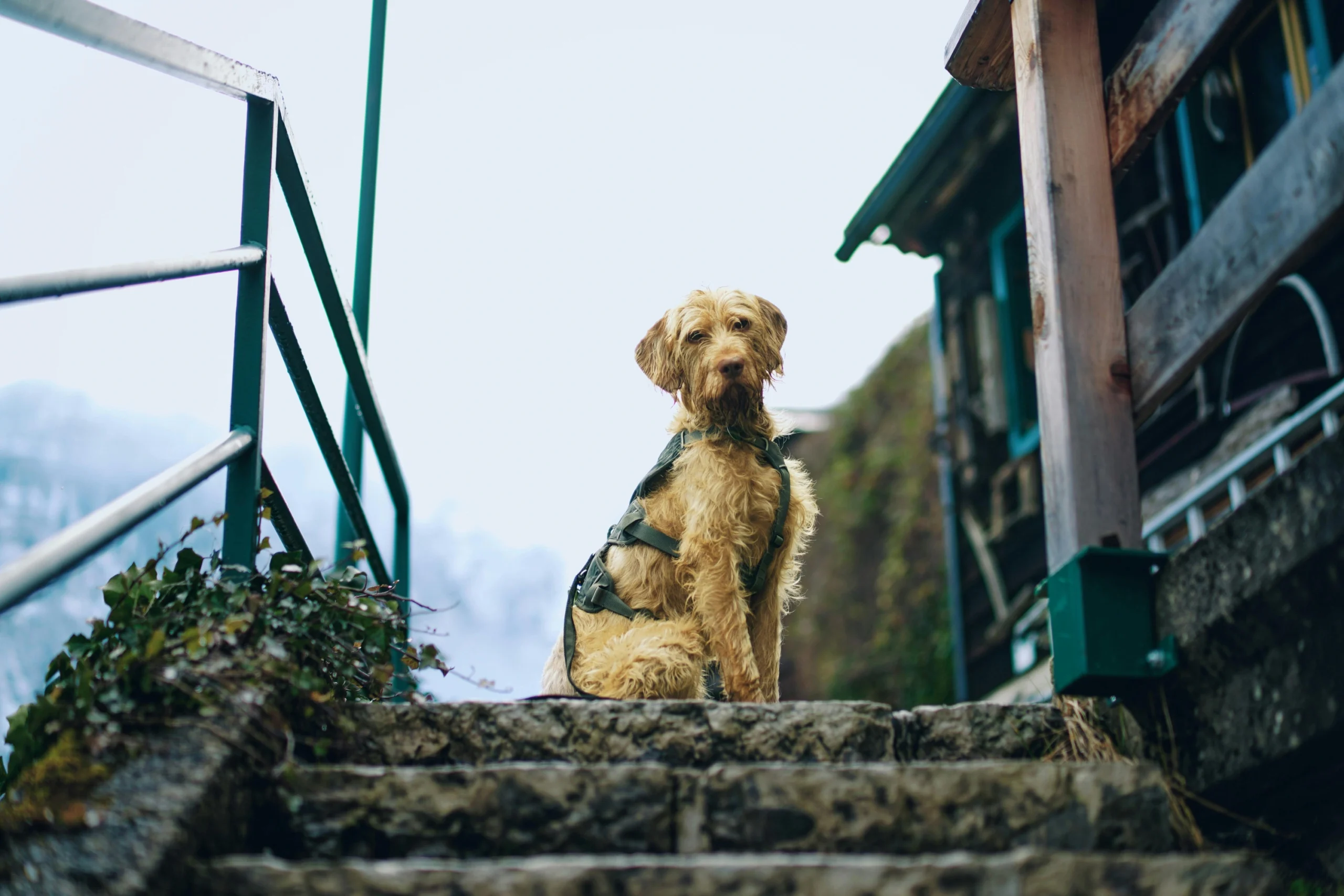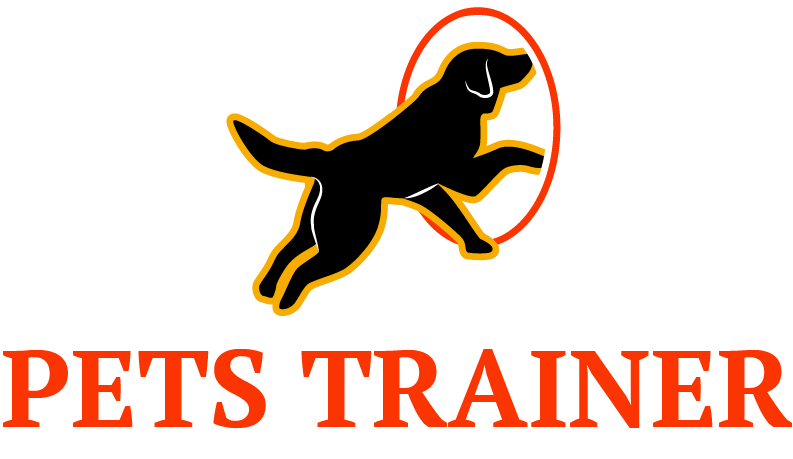Table of Contents
ToggleAre you tired of feeling anxious and frustrated every time you call your dog, only for them to ignore you or run off in the opposite direction? The stress of an unreliable dog recall can put a real damper on what should be enjoyable outdoor adventures with your furry companion. But fear not.
In this article, I will explore some innovative and stress-free dog recall methods that will transform your walks from chaotic struggles to joyful bonding experiences. Whether you have a mischievous pup who loves to chase squirrels or a free-spirited canine who just can’t resist exploring, these proven techniques will give you the tools to create a strong and reliable recall that both you and your dog will love.
10 effective stress-free dog recall methods
Positive Reinforcement Techniques
Positive reinforcement techniques are not only effective for teaching recall to dogs, but they also create a stress-free learning environment. By using rewards such as treats, praise, and playtime when your dog comes when called, you can reinforce this desired behavior positively. This creates a strong association between coming when called and receiving something enjoyable, making it more likely that your dog will respond promptly in the future.
Furthermore, positive reinforcement techniques help build a stronger bond between you and your dog. When your dog associates coming back to you with positive experiences, it strengthens the trust and connection between the two of you.
This can lead to improved communication and cooperation in other areas of training as well. Ultimately, by focusing on positive reinforcement for recall training, you are not only teaching your dog an essential skill but also fostering a healthier and happier relationship with them.
Consistent and Varied Rewards
Using consistent and varied rewards is not only a key component of effective dog training, but it also helps to keep your furry friend engaged and motivated. Mixing up treats, using different toys, and providing verbal praise can prevent boredom and maintain your dog’s interest in the training process.
Additionally, offering a variety of rewards ensures that you are catering to your dog’s individual preferences, making the training experience more enjoyable for them. When it comes to stress-free dog recall methods, incorporating varied rewards can be particularly beneficial.
Dogs respond differently to various types of reinforcement, so having a range of options at your disposal allows you to tailor the reward to suit your dog’s specific needs and motivations.
Start in a Controlled Environment
Starting recall training in a controlled environment is crucial for setting up your dog for success. By minimizing distractions and familiarizing them with the training process, you can help reduce their stress and build confidence in their ability to respond to your commands. This approach creates a safe and stress-free space for both you and your dog to focus on building a strong recall foundation.
It’s important to remember that dogs thrive in environments where they feel secure and at ease, so beginning recall training in a controlled setting allows them to understand the expectations without feeling overwhelmed.
As your dog becomes more comfortable with the training process, gradually introduce new elements, such as mild distractions or different locations. This gradual progression will help reinforce their recall behavior while maintaining a stress-free learning experience.
Use a Long Line
When introducing your dog to recall in an open area, utilizing a long training leash can be a game-changer. This allows your furry friend some freedom to roam and explore while still maintaining control over their movement. By providing them with more space to wander, you are instilling a sense of trust and independence, which can ultimately lead to a more stress-free recall process.
Moreover, using a long line during recall training helps build confidence in both you and your dog. It allows for gradual progress in extending the distance between you and your pet without overwhelming them or triggering anxiety. This method promotes positive reinforcement by giving them the opportunity to respond to your commands at their own pace, making the entire experience more enjoyable for both parties involved.
In addition, incorporating a long line into recall training can facilitate better communication between you and your pup. It gives you the ability to guide them gently back toward you when needed without resorting to forceful tugging or excessive verbal commands.
Ping pong recall
One stress-free training method to improve your dog’s recall skills is incorporating ping-pong balls into the training routine. Ping-pong balls are lightweight and easy for dogs to chase, making them an engaging tool for practicing recall in a playful manner. Toss the ball and call your dog back to you, rewarding them with treats or praise when they return. This interactive approach not only strengthens their recall response but also adds an element of excitement to training sessions.
Never Punish for Returning
When it comes to dog recall, maintaining a positive and welcoming attitude is essential. Dogs respond best to positive reinforcement, so regardless of how long it takes for your furry friend to return, always greet them with enthusiasm and praise. This helps create a stress-free environment and reinforces the idea that coming back is a good thing.
By avoiding punishment when your dog returns, you’re encouraging trust and communication in your relationship. Punishing your dog for taking longer than expected can cause stress and anxiety, making them less likely to respond positively to future recalls. Instead, focus on building a strong bond with your pet through patience and consistent training methods.
Incorporate Play into Training
Incorporating play into recall training can transform the experience for both you and your dog. By using playtime as a reward, such as engaging in a quick game of fetch or offering treats during recall exercises, you are making the training process enjoyable and stress-free for your pet. Dogs are naturally drawn to playful activities, so leveraging this instinct during training can make the whole process more engaging and effective.
Consistency is Key
Consistency is the cornerstone of successful dog training, especially when it comes to stress-free recall methods. By providing consistent cues and reinforcement, you create a reliable communication channel with your furry friend. But it’s not just about repeating the same actions; consistency also means adapting to your dog’s individual needs and learning style.
This bespoke approach fosters mutual trust and understanding between you and your pet, leading to easier, more effective recalls. Moreover, consistency in training contributes significantly to reducing stress for both you and your dog.
Predictability creates a sense of security for pets, allowing them to feel more at ease during training sessions. Consistent recall practices build confidence in dogs by reinforcing positive behaviors over time.
Gradually Increase Distractions
As a dog owner, it’s crucial to understand the importance of gradually increasing distractions when training your furry companion. While basic commands like sit and stay can be learned in a controlled environment, real-life situations often come with various distractions that can challenge your dog’s focus.
By progressively introducing distractions during training sessions, you can help your dog develop the resilience and concentration needed to respond reliably in any situation.
One effective approach is to start with minimal distractions and slowly increase the level of difficulty as your dog becomes more proficient. Incorporating positive reinforcement techniques such as treats or praise can further encourage attentiveness amidst distractions.
Additionally, finding creative ways to simulate real-world scenarios, such as using recorded sounds or practicing in different environments, can prepare your dog for unexpected disturbances while strengthening their recall skills.
Advanced Recall Training
Advanced recall training is a critical skill for any dog owner, and it’s essential to go beyond the basics to ensure a reliable and stress-free response. One advanced technique involves setting up controlled distractions during recall practice sessions.
This can include using toys, food, or other dogs to mimic real-life scenarios where distractions are common. By gradually increasing the level of distraction, you can help your dog build the concentration and impulse control needed for successful recalls in challenging situations.
Foster a Strong Bond
Building a strong bond with your dog is crucial for creating a happy and harmonious relationship. One effective way to strengthen this bond is through stress-free recall training. By utilizing positive reinforcement methods and integrating fun and engaging activities into your recall training sessions, you can create a stronger connection with your furry friend.
Incorporating games like hide-and-seek or practicing recall in different environments can help build trust and cooperation between you and your dog. Another essential aspect of fostering a strong bond with your dog is understanding their individual needs and preferences. Just as humans have unique personalities, so do our canine companions.
Taking the time to learn about your dog’s body language, play style, and communication signals will not only enhance the bond between you but also lead to more effective training outcomes.
Conclusion
In conclusion, stress-free dog recall methods are essential for maintaining a strong and positive relationship with your furry companion. By using positive reinforcement techniques and consistent training, you can ensure that your dog responds reliably to recall commands without experiencing stress or anxiety.
Taking the time to understand your dog’s behavior and needs will help you tailor your training approach to their personality, ultimately leading to a more successful and harmonious recall experience. Remember, patience and consistency are key when implementing these methods, and the rewards of a well-trained, stress-free recall will benefit both you and your beloved pet in the long run.
FAQs
1. Q: What is a stress-free dog recall method?
A: It’s a training approach that focuses on teaching dogs to come back to their owners without fear or anxiety.
2. Q: How can I teach my dog to come when called without stressing them out?
A: Using positive reinforcement, consistency, and patience are key components of stress-free recall training.
3. Q: Will stress-free recall methods work for all dog breeds?
A: Yes, these methods can be effective for all breeds with proper training and consistency.
4. Q: Is it possible to train an older dog using stress-free recall methods?
A: Yes, older dogs can also learn new recall behaviors through patient and consistent training.
5. Q: Should I use punishment-based techniques in dog recall training?
A: No, punishment can cause stress and anxiety in your dog, making recall more difficult. Positive reinforcement is the best approach.
6. Q: How long does it take to see results from stress-free recall training?
A: The timeline varies by individual dog, but with consistent practice, you should start seeing improvement within a few weeks.

Dr. Usman Bajwa, a dedicated veterinarian with a passion for pets, brings years of expertise to the world of pet grooming. Through his blog, he shares valuable insights and practical tips to help pet owners provide the best care for their furry companions. With a focus on promoting the health and happiness of pets, Dr. Usman articles offer easy-to-follow guidance on grooming techniques. When he’s not writing, you can find him at his clinic or enjoying time with his own beloved pets.




